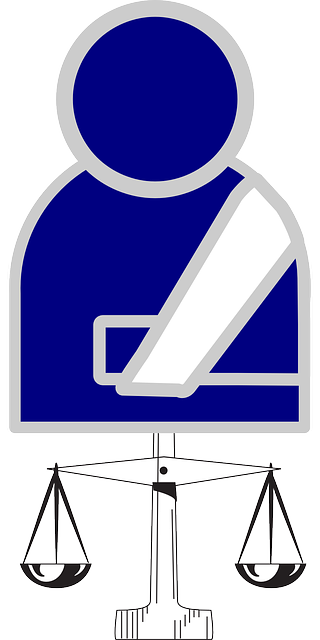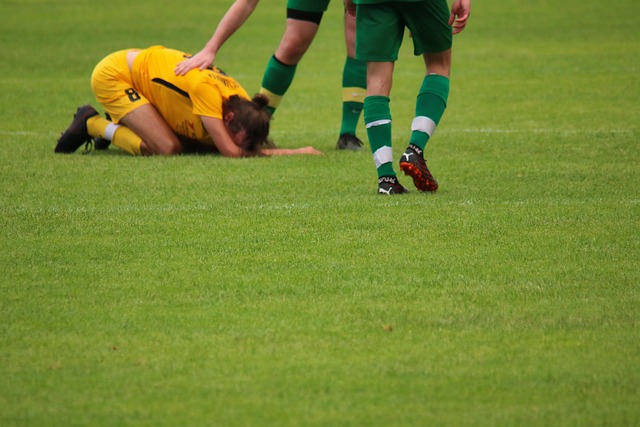Pedestrian accident injuries range from minor to life-threatening, with impact speed, victim age, and medical attention influencing outcomes. Understanding these injuries is crucial for victims and families navigating personal injury claims and insurance disputes, especially in cases of high-speed collisions or neglect like nursing home abuse. Advanced data analytics, AI, and specialized software now predict future medical needs by analyzing treatment outcomes and identifying potential long-term complications. Rehabilitation strategies focused on physical and psychological well-being, including access to specialized facilities, therapeutic interventions, and adaptive technologies, are essential. Long-term care planning, often overlooked initially, involves proactive discussions with healthcare providers and legal experts to secure appropriate compensation for future needs.
Pedestrian accidents can lead to a wide range of injuries, from minor cuts and bruises to severe fractures and traumatic brain injuries. Understanding these injuries is crucial for predicting future medical needs. With advancements in technology, we now employ sophisticated methods and tools to forecast long-term healthcare requirements accurately. This article delves into the complexities of pedestrian accident injuries, explores these predictive technologies, and offers strategies for effective rehabilitation and care planning.
- Understanding Pedestrian Accident Injuries: A Comprehensive Overview
- Predicting Future Medical Needs: Advanced Technologies and Methods
- Strategies for Effective Rehabilitation and Long-Term Care Planning
Understanding Pedestrian Accident Injuries: A Comprehensive Overview

Pedestrian accident injuries can range from minor to severe, depending on various factors such as impact speed, the victim’s age and physical condition, and immediate medical attention. Common types of injuries include soft tissue damage (bruises, sprains), fractures, head trauma, internal bleeding, and even life-threatening conditions like cardiac arrest or traumatic brain injury (TBI). The severity of these injuries often determines long-term effects, rehabilitation needs, and the overall process of recovery for victims.
Understanding pedestrian accident injuries is crucial when considering personal injury claims and insurance disputes. Victims and their families need to be aware of potential medical complications that may arise, especially in cases involving high-speed collisions or neglect, similar to nursing home abuse scenarios. This knowledge empowers them to make informed decisions regarding treatment, legal actions, and future care requirements, ensuring they receive adequate compensation for both immediate and future medical needs.
Predicting Future Medical Needs: Advanced Technologies and Methods

Predicting future medical needs for individuals suffering from pedestrian accident injuries is a complex process that has evolved significantly with advancements in technology. Modern approaches leverage data analytics, artificial intelligence (AI), and specialized software to analyze patterns and trends in treatment outcomes. These technologies enable healthcare professionals to assess not only immediate injuries but also potential long-term complications, ensuring more accurate prognoses.
By integrating advanced imaging techniques, such as MRI and CT scans, with machine learning algorithms, medical experts can predict which treatments will be most effective for individual patients. This data-driven approach goes beyond traditional assessment methods, considering factors like age, overall health, and previous medical history to forecast future healthcare requirements. Such insights are invaluable for personal injury claims involving accident compensation, as they help legal professionals and insurance companies accurately determine fair settlements for victims’ anticipated medical needs, including potential future treatments not yet required but reasonably foreseeable.
Strategies for Effective Rehabilitation and Long-Term Care Planning

Pedestrian accident injuries can have profound and lasting effects on an individual’s life. Effective rehabilitation is key to enhancing their quality of life post-incident. A comprehensive strategy should be tailored for each victim, focusing on both physical and psychological well-being. This might include access to specialized medical facilities, therapeutic interventions, and adaptive technologies to support day-to-day living. Early involvement of healthcare professionals, therapists, and caregivers is essential to set achievable goals and provide consistent support throughout the recovery process.
Long-term care planning is a critical aspect often overlooked in the immediate aftermath of a pedestrian accident. Victims may face ongoing medical needs, requiring adjustments to their homes, transportation options, and social interactions. Proactive discussions with healthcare providers about future scenarios can help identify potential challenges. Additionally, consulting with legal experts, such as a car accident attorney or specialists in nursing home neglect, can ensure victims’ rights are protected and they receive appropriate compensation for necessary long-term care.
Pedestrian accident injuries can have significant and lasting impacts, underscoring the importance of predicting future medical needs. Advanced technologies and methodologies now enable more accurate assessments, allowing for effective rehabilitation planning and long-term care strategies. By leveraging these tools, we can better support victims and ensure they receive the specialized care required to navigate their recovery journey. Understanding these injuries and implementing proactive measures are key steps towards fostering safer communities and enhancing post-accident outcomes.






